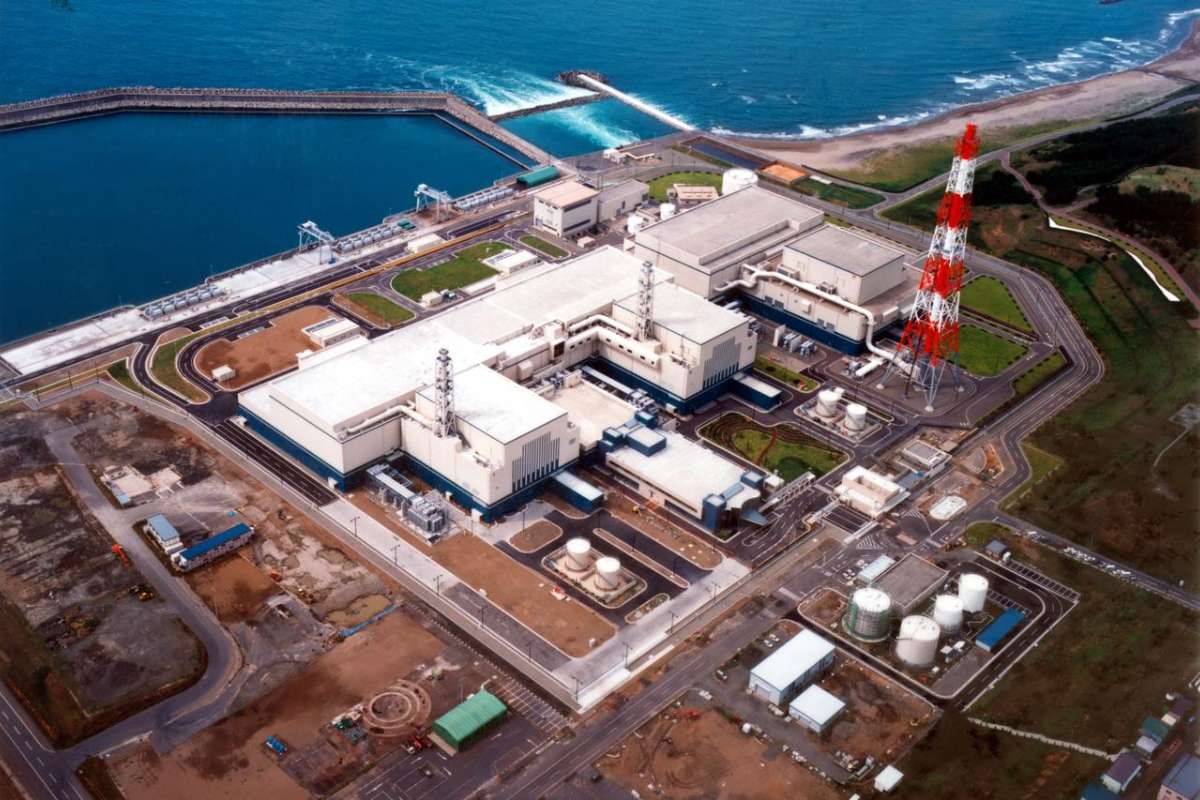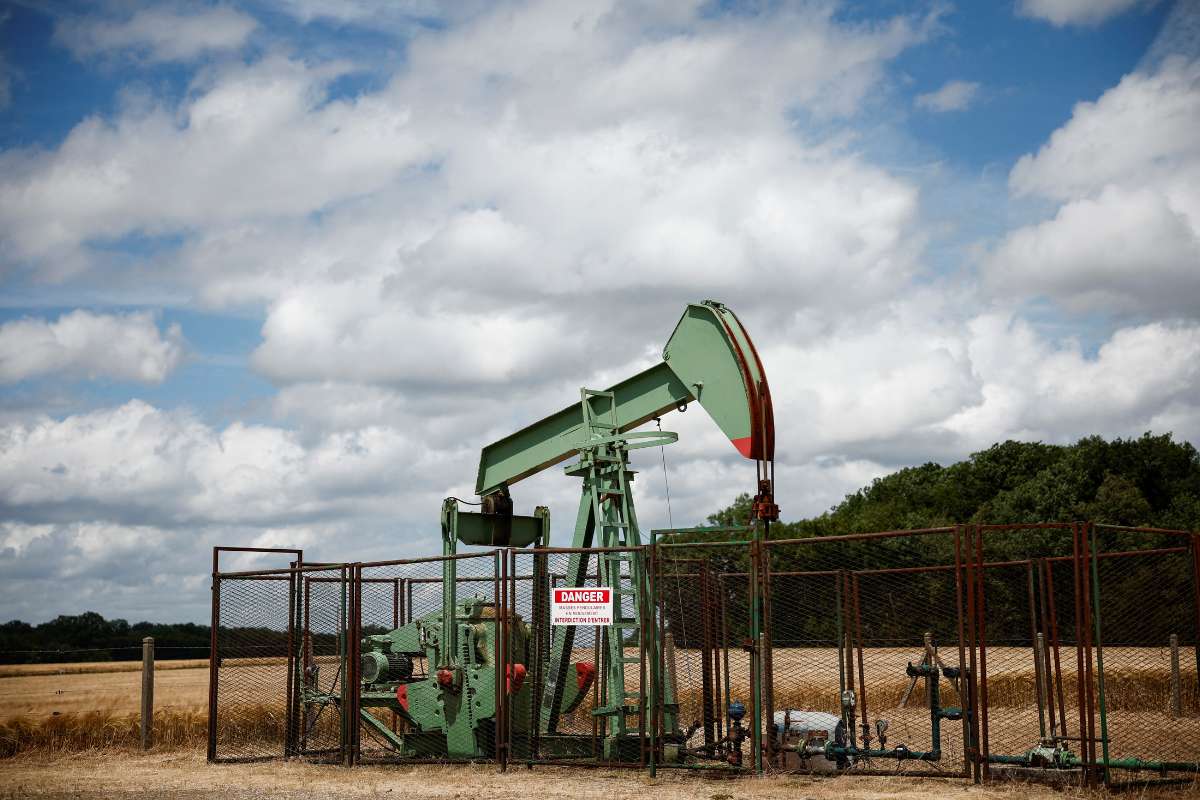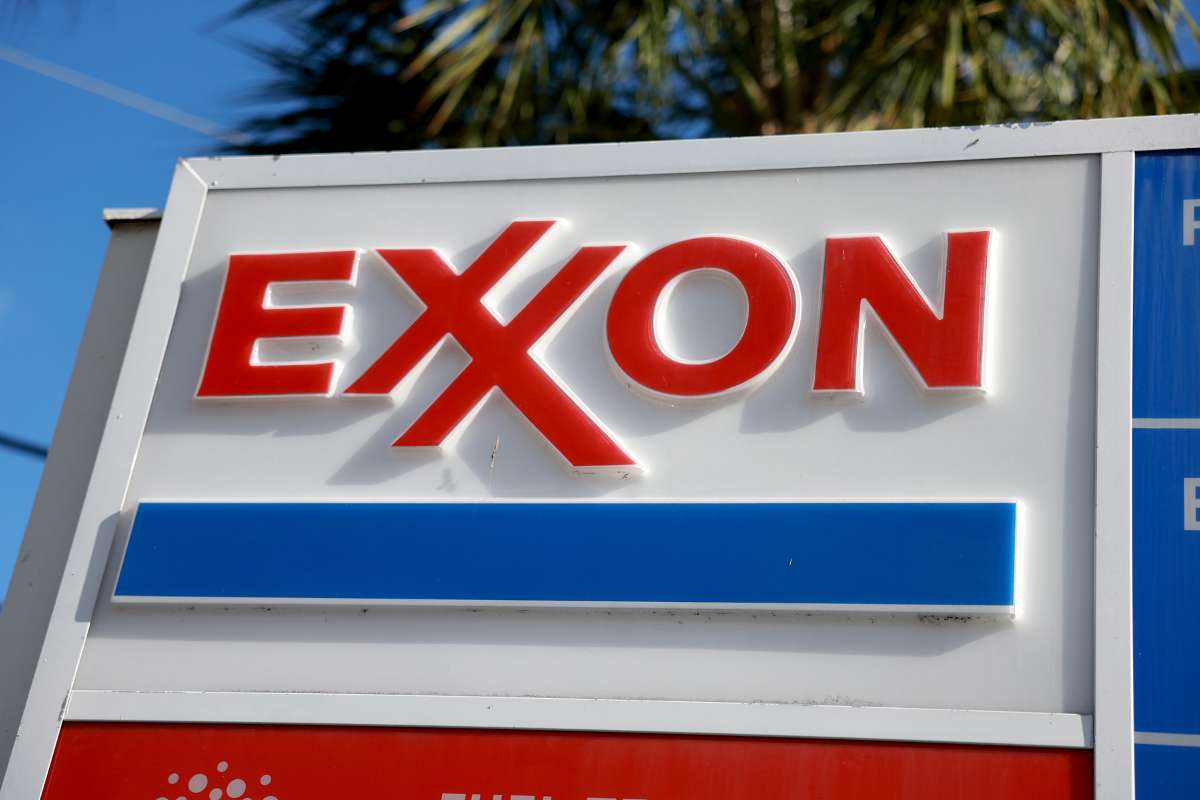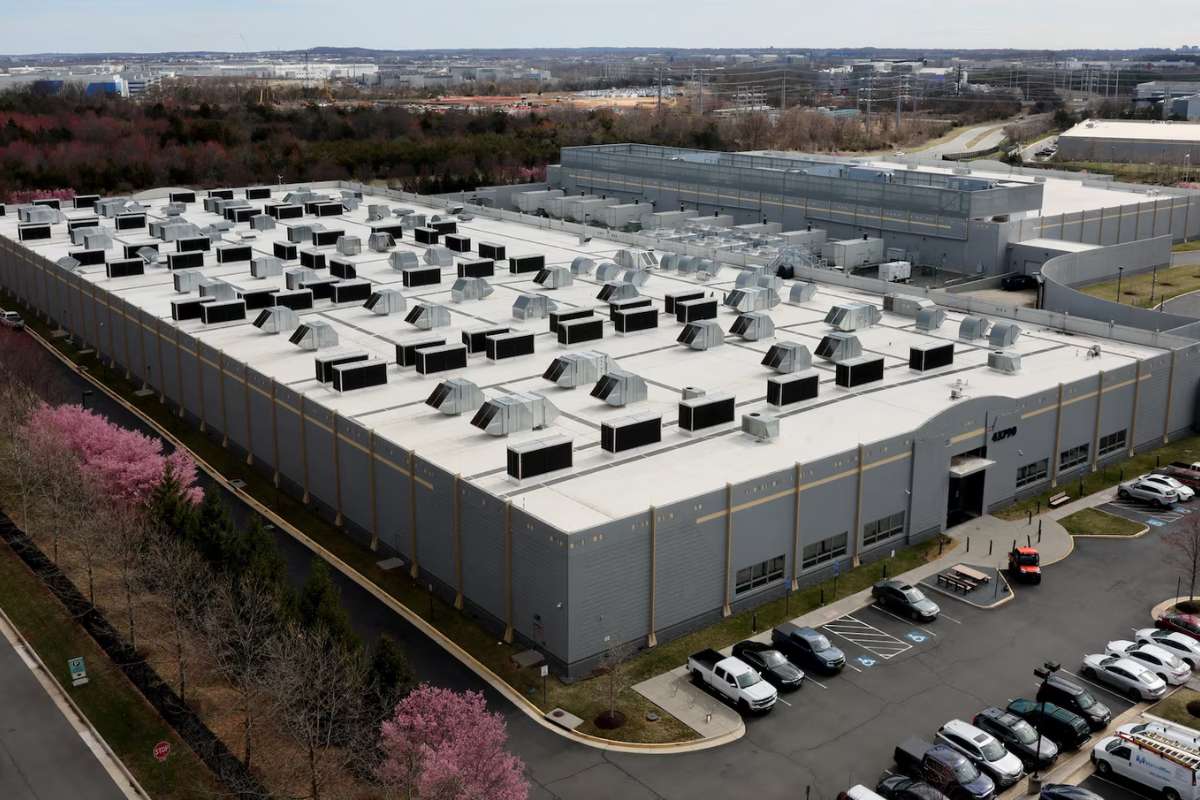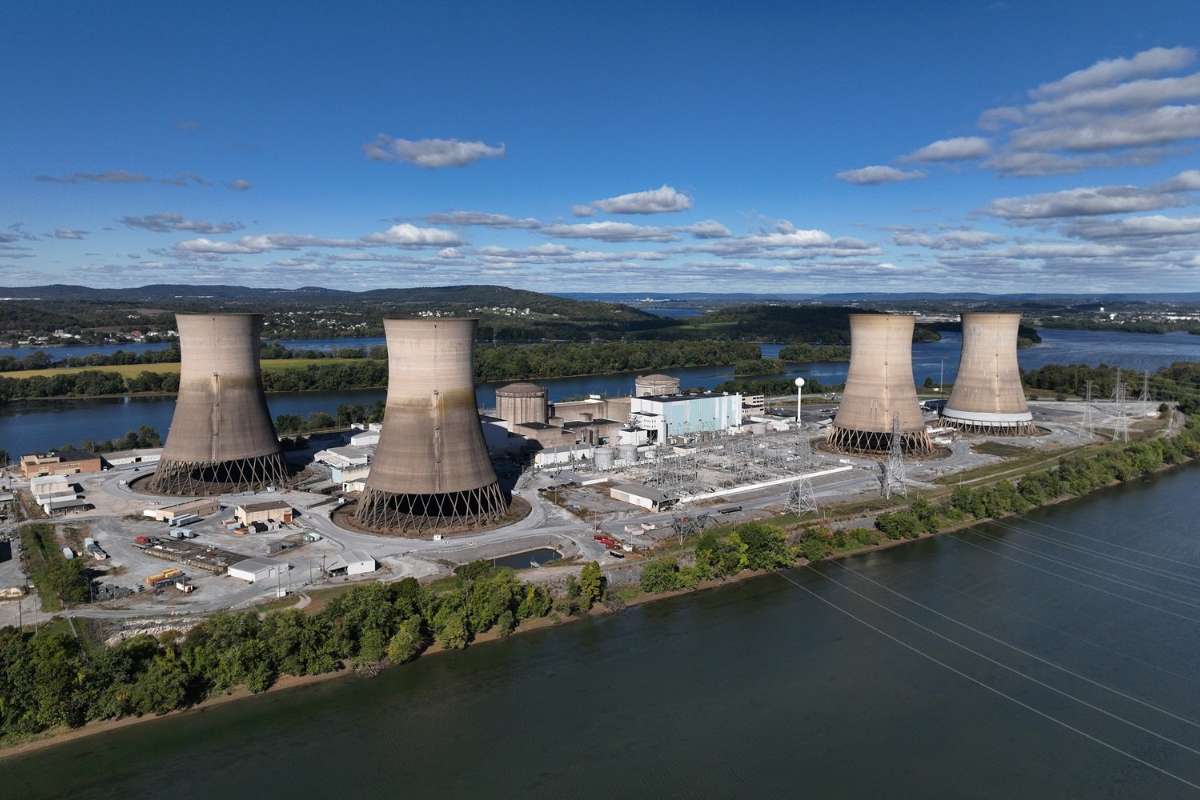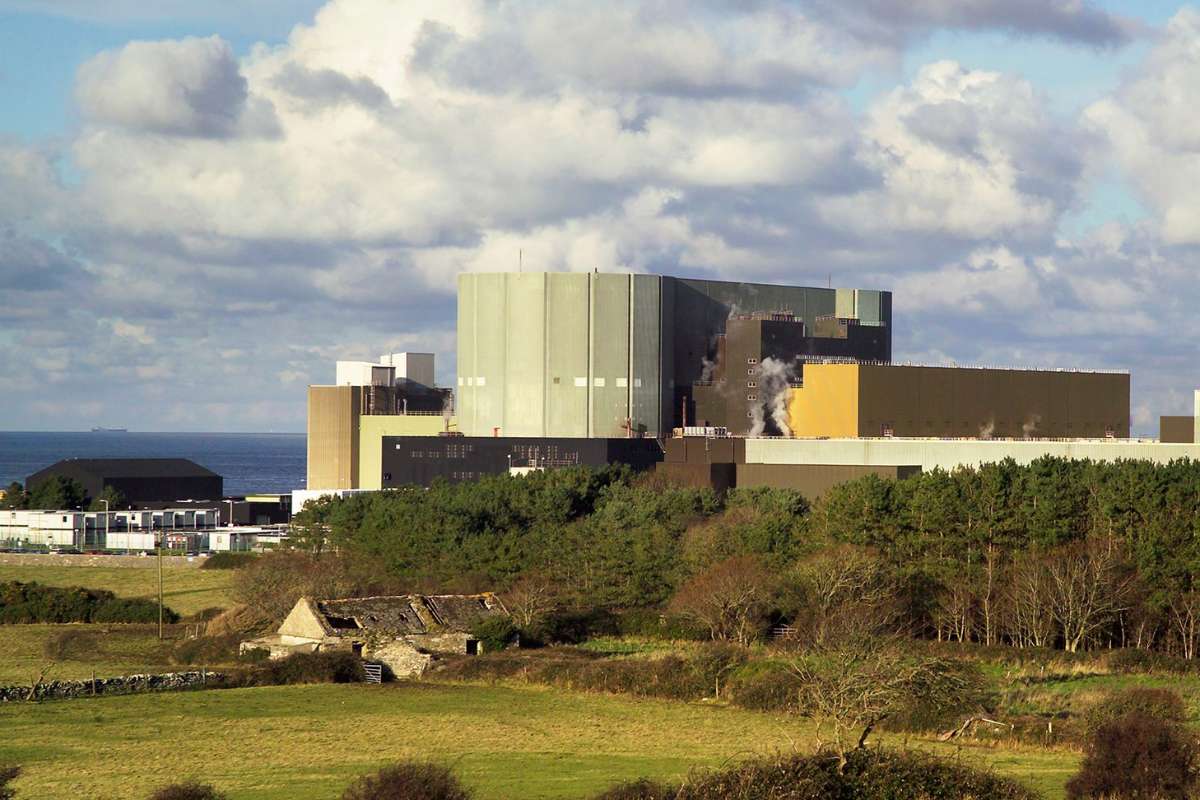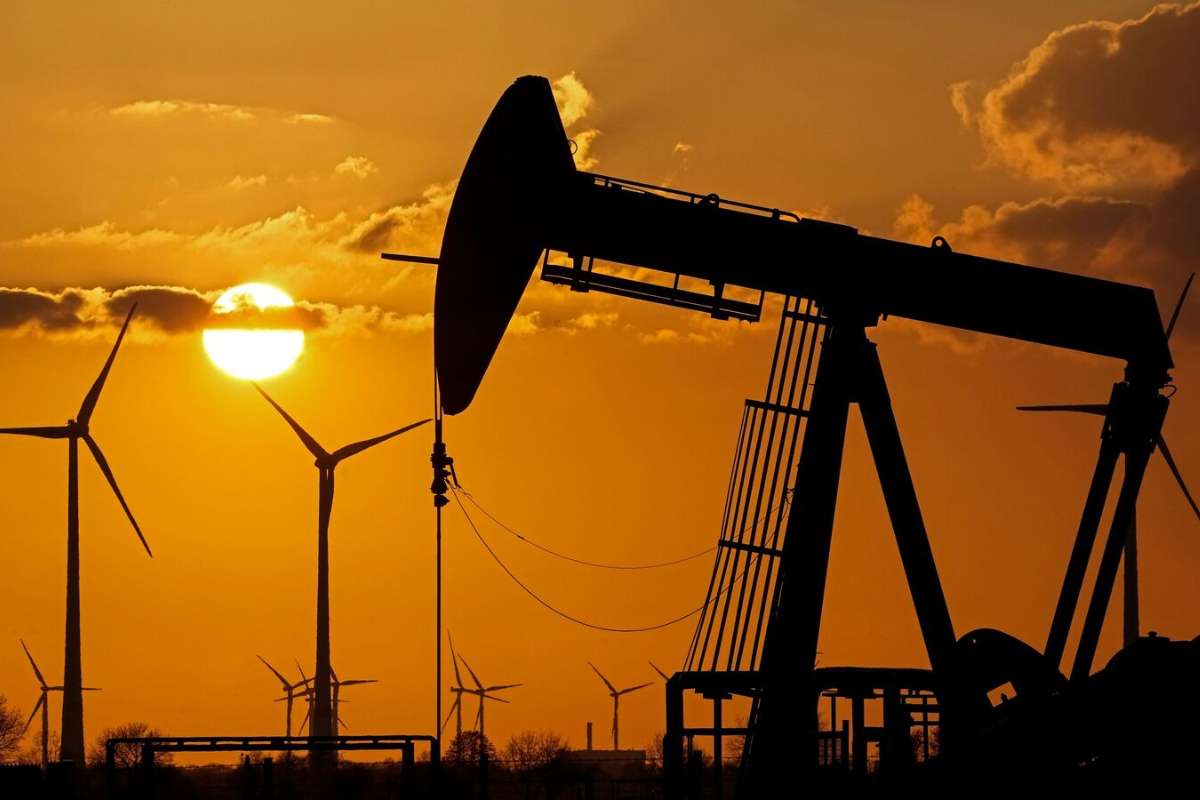Japanese authorities took a major step toward restarting the world’s largest nuclear power plant on Nov. 21, approving a plan that could return the Kashiwazaki-Kariwa Nuclear Power Plant to service for the first time since the 2011 Fukushima disaster.
Local Approval Announced
Local officials in Niigata province granted their consent after years of review, clearing a key hurdle in Japan’s broader effort to expand nuclear energy. Governor Hideyo Hanazumi said he would support the restart during a news conference, adding that the final decision now rests with the national nuclear regulator.
The Kashiwazaki-Kariwa facility, operated by Tokyo Electric Power Co., was shut down after the March 2011 earthquake and tsunami triggered meltdowns at the Fukushima Daiichi plant. That disaster prompted Japan to suspend operations at all nuclear reactors nationwide as the government created new safety standards and launched long-term inspections.
The restart proposal gained momentum as Japan faces rising energy demand and seeks to reduce dependence on fossil fuels. Government officials have said they aim to achieve carbon neutrality by 2050, and nuclear energy is positioned as a central component of that strategy.
New Safeguards Installed
The 400-hectare complex sits along the Sea of Japan, facing the Korean Peninsula. It has undergone substantial upgrades since its shutdown. Operators added a 15-meter sea wall to protect against tsunamis, relocated emergency power systems to higher ground, and installed new backup facilities designed to maintain cooling functions in the event of power loss.
National regulators will conduct final inspections before issuing approval. If cleared, the plant would become the first Tokyo Electric Power Co. reactor to restart since the Fukushima incident.
Since the 2011 shutdown, fourteen reactors around Japan—mostly in western and southern regions—have resumed operations after meeting updated safety rules. These facilities operate under stricter oversight, including mandatory evacuation planning and enhanced seismic assessments.
Before the disaster, nuclear power generated about one-third of Japan’s electricity. The shift away from reactors pushed the country toward fossil fuels, increasing emissions and raising energy import costs.
Energy Policy Recalibrated
Japan remains one of the world’s largest carbon dioxide emitters, ranking fifth after China, the United States, India and Russia. Nearly 70 percent of Japan’s electricity in 2023 came from coal-, gas- and oil-fired plants. Officials plan to reduce that share to 30–40 percent over the next 15 years.
Japan relies heavily on imported fuel, spending an estimated $500 million per day on energy supplies. The government has argued that a balanced mix of nuclear and renewable sources is necessary to stabilize prices and ensure long-term security.
In recent years, Japan has taken additional steps to reinforce its nuclear strategy. A law passed in June allows certain reactors to operate beyond 60 years, accounting for downtime caused by natural disasters or extended maintenance. The policy is intended to maintain energy capacity while new reactors are evaluated.
Electric utilities have also begun exploring next-generation plants. Kansai Electric said in July it would begin initial procedures for constructing what could become Japan’s first new nuclear reactor since 2011. Officials have emphasized that any new projects must meet the country’s safety requirements and undergo thorough public review.
Renewables to lead by 2040
Under Japan’s long-term energy plan, renewable sources such as solar, wind and hydro will form the country’s dominant power supply by 2040. Nuclear power is expected to contribute about 20 percent of electricity by then, up from 5.6 percent in 2022.
Supporters of restarting the Kashiwazaki-Kariwa plant say it could help Japan bridge the gap as renewable capacity expands. Critics, including some local residents, continue to express concern about the possibility of future earthquakes and the legacy of Fukushima. Officials have said ongoing community consultations will be part of the regulatory process.
If the plant clears national review, operators would begin phased preparations for bringing reactors back online. A full restart could take several months, depending on technical checks and public safety requirements.
Japan’s government has framed the decision as part of a broader rebalancing of its energy portfolio. With demand rising from sectors including artificial intelligence and advanced manufacturing, officials say reliable base-load power will be critical in meeting future needs.
The restart of the Kashiwazaki-Kariwa plant represents a significant shift after more than a decade of caution. Its progress through the approval process will continue to shape Japan’s energy debate in the months ahead.
Visit Oil Gas Energy Magazine for the most recent information.

